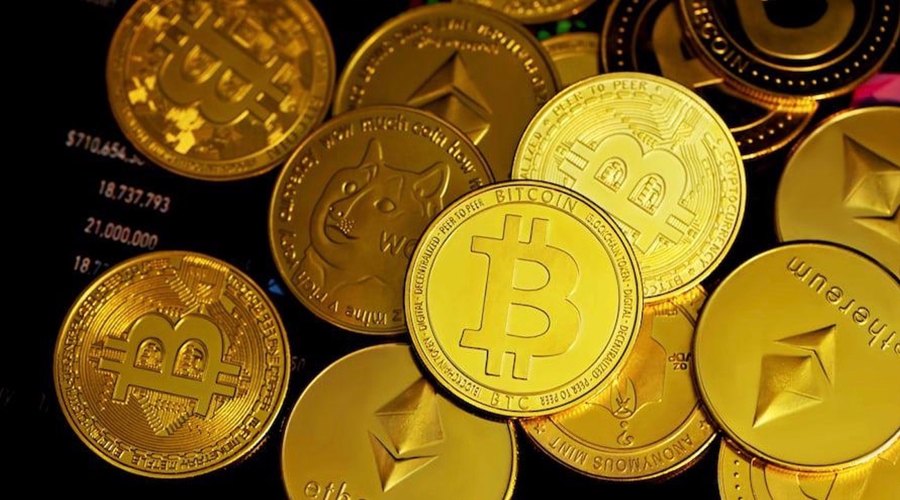Blockchain
data analyzed by Coinbase director Conor Grogan has raised questions about
Alameda Research’s redemption of over $38 billion in Tether (USDT) tokens in
2021. Grogan’s findings suggest that Alameda may not have had equivalent assets
under management to support these redemptions.
During
the peak of the cryptocurrency market bull run in 2021, the total value of USDT
creation exceeded Alameda’s recorded assets. This has led to speculation about
how Alameda managed such significant redemptions.
Grogan
also puts forward that a substantial portion of USDT redemptions ordered by FTX
may have come from Alameda’s holdings, totaling 3.9 billion USDT. These redemptions
occurred during the collapse of Terra’s algorithmic stablecoin.
Onchain data shows that Alameda was responsible for minting $39.55B of USDT, a number that is 47% of Tether’s circulating supply today
A previous report by Protoss estimated the number at around $36.7B; I was able to update these figures with additional wallets I found pic.twitter.com/fYBvGAYlFd
— Conor (@jconorgrogan) October 9, 2023
Arbitrage Opportunities: How
Alameda Capitalized on USDT Trading
In
January 2021, former Alameda co-CEO Sam Trabucco shed light on the reports of
substantial USDT mints and shared insights into how Alameda capitalized on
arbitrage opportunities tied to USDT’s value relative to various trading pairs
across exchanges.
Trabucco
explained that the premium at which USDT traded compared to $1 was often
volatile, particularly when it involved Bitcoin-to-USDT trades. He emphasized
that these trades held more liquidity and significance in determining USDT’s
trading price than USDT-to-USD markets on exchanges.
Moreover,
Trabucco pointed out that stablecoins like USD Coin (USDC) had less volatile
premiums due to differences in the creation and redemption processes compared
to USDT. Most market participants acquired and traded USDT from markets, not
directly from Tether’s treasury.
Trabucco
noted that when USDT traded above $1, sophisticated firms like Alameda could take
advantage of arbitrage opportunities. They could sell USDT for profit, while
also helping to maintain the stablecoin’s peg to the US dollar.
This
strategy allowed Alameda to collect premiums on arbitrage opportunities by
creating and redeeming USDT tokens when necessary. Sam Bankman-Fried, the
founder of FTX and affiliated with Alameda Research,
confirmed that Alameda actively redeemed USDT for US dollars during the same
period.
























